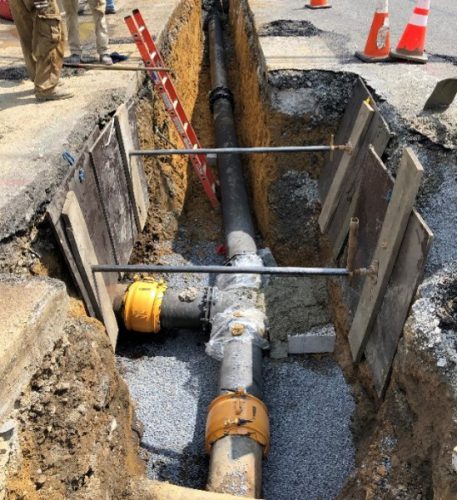
Elliot Street Water Main Replacement
Background: CRW’s finished water distribution system delivers drinking water and fire flows throughout the City of Harrisburg and portions of Susquehanna Township and Penbrook. Much…


Background: CRW’s finished water distribution system delivers drinking water and fire flows throughout the City of Harrisburg and portions of Susquehanna Township and Penbrook. Much…
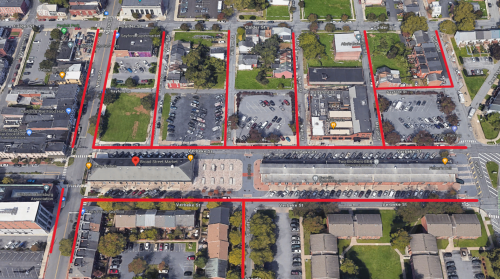
Background: The area beneath the Broad Street Market, at the intersection of Third and Verbeke Streets, houses some of the oldest brick sewers and cast-iron…
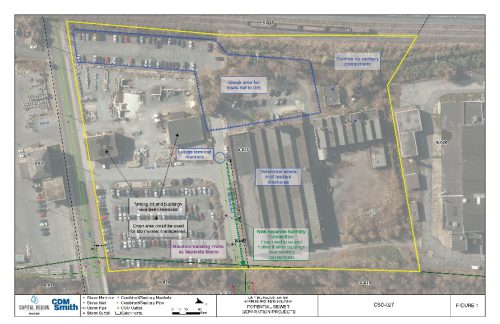
Background: As CRW’s City Beautiful H2O Program outlines, significant CSO reduction is required within the Paxton Creek Interceptor sewersheds. Small sewer separation is a cost-effective…
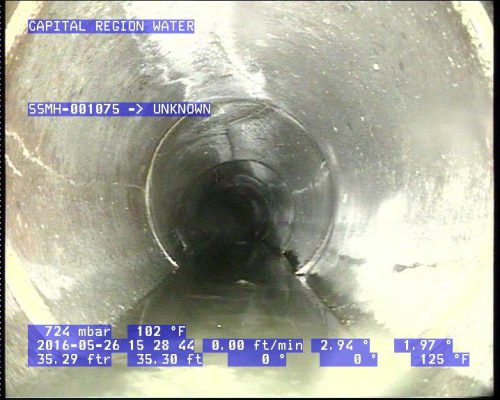
Background: Cleaning and inspection of the collection system (combined sewage, separate sanitary, and separate storm) has been a priority for CRW since 2013. While we…
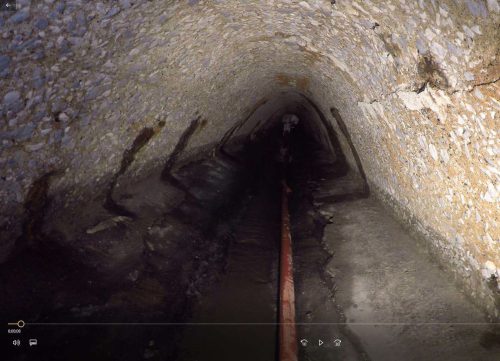
Background: The Paxton Creek Interceptor conveys combined sewage from over half of the City of Harrisburg, including the project area, which runs along the creek,…

Background: CRW currently gathers water usage readings from meters through a radio-read system. A transceiver (MXU) unit with each meter allows CRW employees to drive…
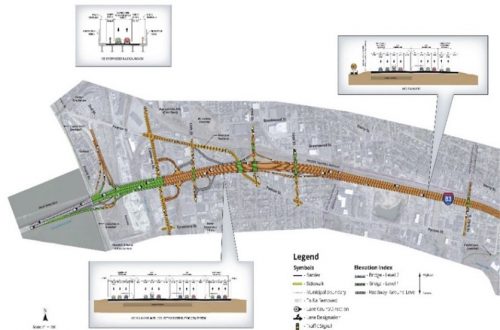
Background: PennDOT is undertaking an Interstate 83 (I-83) Master Plan to widen and improve the interstate in the Harrisburg area. The I-83 East Shore Section…
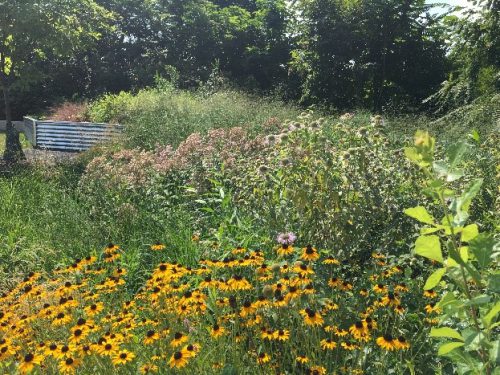
Background: CRW is employing decentralized green/grey stormwater control infrastructure to manage stormwater runoff and prevent flows from entering the combined sewer system, thereby reducing combined…

Background: CRW is employing decentralized green/grey stormwater control infrastructure to manage stormwater runoff and prevent flows from entering the combined sewer system, thereby reducing combined…

Background: CRW owns the City of Harrisburg Municipal Separate Storm Sewer System (MS4) and applied for an individual NPDES Permit to operate the system in…

Background: In 2015, CRW staff responded to reports of sewage odors near the State Hospital complex and located compromised pipe and manholes in an unnamed…
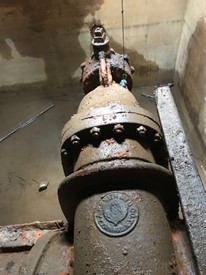
Background: CRW’s primary supply raw water transmission main is a 42‑inch reinforced concrete cylinder pipe constructed in the late 1930s. The original isolation and air…
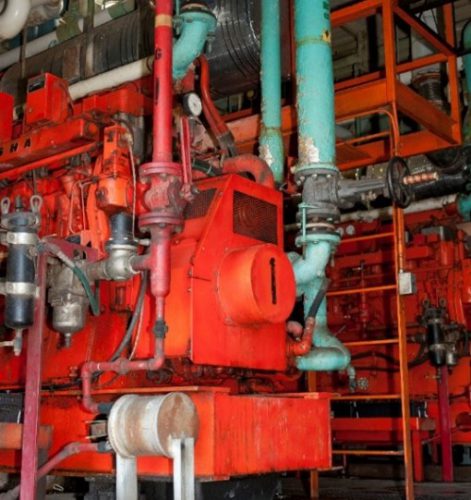
Background: Methane produced in CRW’s AWTF anaerobic digestion process is utilized as fuel for boilers and two 400-HP enginators that generate electricity sold to the…
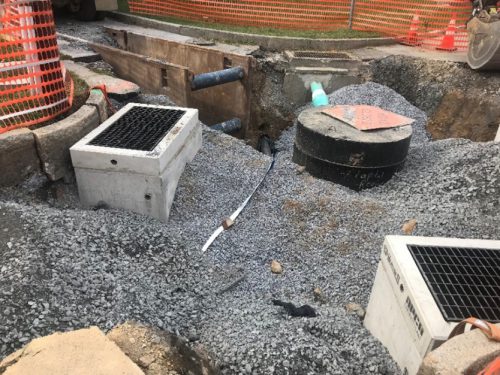
Background: CRW’s collection (combined sewage, separate sanitary, and separate storm) the system collects and transports wastewater and stormwater originating within the City of Harrisburg to…

Background: PennDOT is undertaking an Interstate 83 (I-83) Master Plan to widen and improve the interstate in the Harrisburg area. The I-83 East Shore Section…
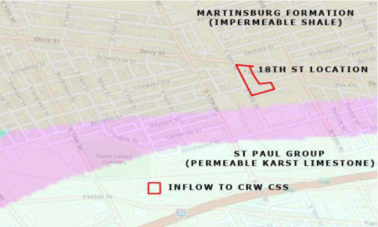
Background: The Stormwater Injection Well Study is focused on the wet weather control within the Lower Paxton Creek Priority Planning Area identified in the alternative…

Background: CRW’s finished water distribution system delivers drinking water and fire flows throughout the City of Harrisburg and portions of Susquehanna Township, Paxtang, and Penbrook.…

Background: PennDOT is undertaking an Interstate 83 (I-83) Master Plan to widen and improve the interstate in the Harrisburg area. The I-83 East Shore Section…
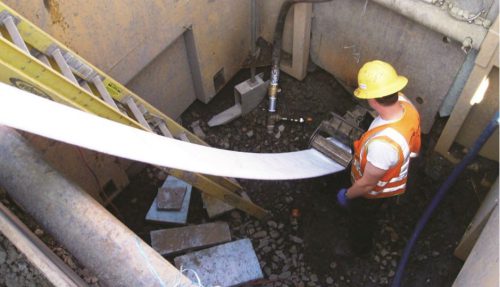
Background: One of CRW’s most challenging sections of the distribution system lies in Cameron Street. This is due to the expense and challenging environment for…

Background: CRW’s primary raw water supply is the DeHart Reservoir, impounded by DeHart Dam. The dam was constructed in the early 1940s with an emergency…